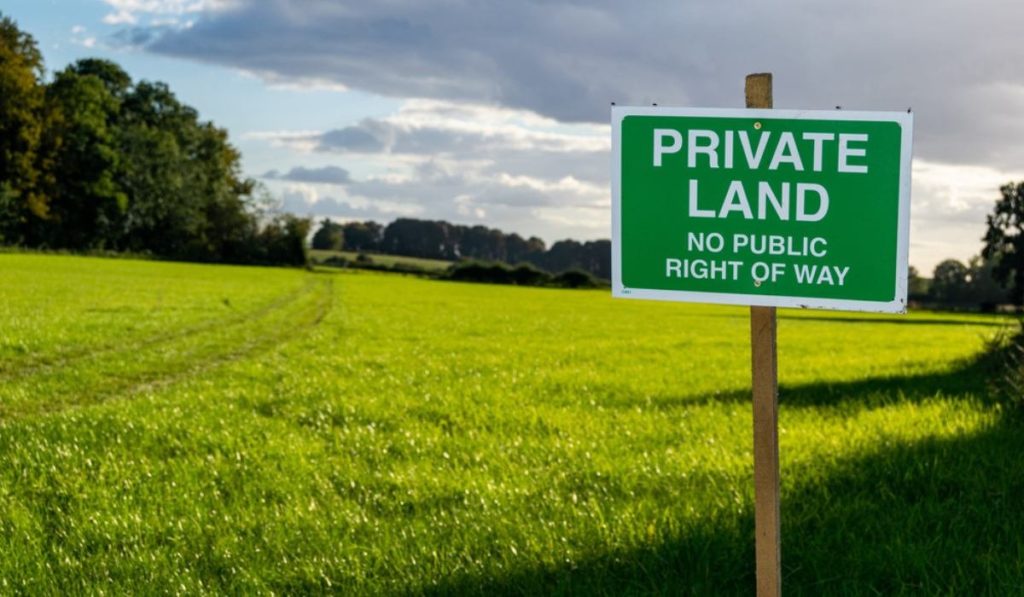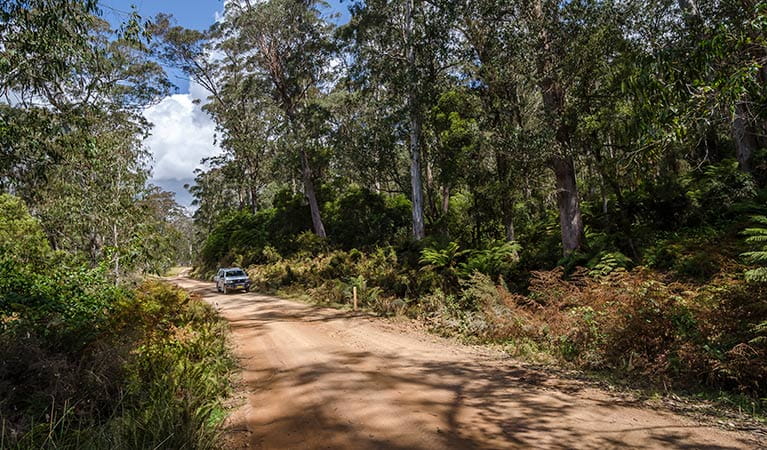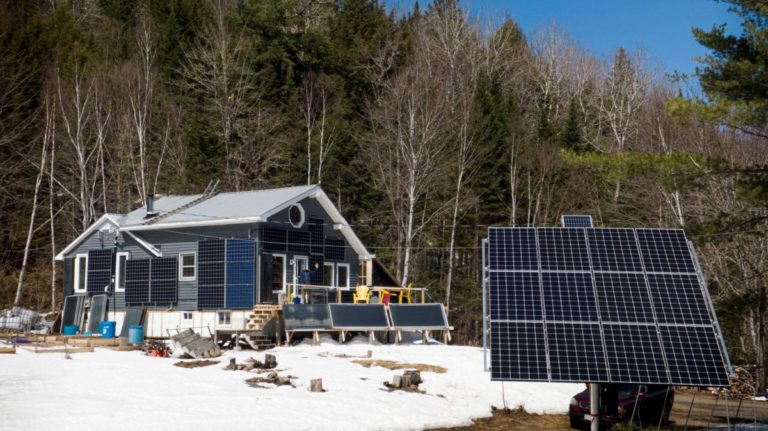Easement negotiations can be complex and daunting, but with a thorough understanding of the process and effective negotiation strategies, property owners can successfully navigate these challenges to secure their desired level of access.
Whether you’re looking to obtain an easement or defend your existing rights, it’s essential to approach negotiations prepared and informed.
We will delve into the common obstacles that arise during easement negotiations and provide practical tips for overcoming them, helping you successfully navigate these challenges and secure the property access you need.
Know Your Rights
Understanding your legal rights and the terms of your property deed is important to negotiating an easement. Familiarize yourself with the specific language and terms of your property documents to avoid giving away too many rights during negotiations.
Failing to familiarize yourself with the specific language and terms of your property documents can lead to giving away too many rights during negotiations, ultimately compromising your interests.
To avoid this, take the time to carefully review your property deed and any other relevant documents, such as property boundaries, zoning regulations, and easement agreements.
Look for any terms that might impact your ability to grant an easement or limit your rights as a property owner.
Be particularly mindful of any restrictions on the use of your property or any reserved rights held by previous owners or other parties.
This will enable you to negotiate an easement that is fair and protects your interests.
Communicate Openly
Clear and open communication is essential in easement negotiations. This includes actively listening to the other party, expressing your concerns, and being transparent about your objectives.
Clear and open communication is vital in easement negotiations.
Active listening is essential to fully understand the other party’s perspectives and concerns, allowing for more effective negotiation and a higher likelihood of reaching a mutually beneficial agreement.
Openly expressing your own concerns and objectives helps to establish trust and prevent misunderstandings, enabling the parties to work together towards a successful outcome.
By maintaining clear and open communication, parties can address issues and resolve conflicts as they arise, ultimately streamlining the negotiation process and reducing the likelihood of costly disputes.
Effective communication is a important element in achieving successful easement negotiations, leading to better outcomes for all parties involved.
Seek Professional Advice
Engage a real estate attorney or surveyor to help you navigate easement negotiations. They can provide valuable insights, ensure compliance with legal requirements, and help protect your property rights.
When it comes to easement negotiations, engaging a real estate attorney or surveyor can be a game-changer.
These professionals can provide invaluable insights into the legal complexities of easement agreements and help ensure compliance with relevant laws and regulations.
They can also help protect your property rights by advocating for your interests and ensuring that any easement agreements are fair and reasonable.
With their expertise, you can avoid costly mistakes and negotiate easements with confidence.
For instance, a real estate attorney can review and draft easement agreements to ensure that they are legally binding and protect your property rights.
They can also advise you on how to negotiate with property owners who are resistant to granting easements.
A surveyor can help you determine the exact boundaries of your property and identify any potential issues with neighboring properties that could impact your easement negotiations.
By engaging a real estate attorney or surveyor, you can avoid costly legal battles and ensure that your easement agreements are secure and protect your property rights.
Define the Scope of the Easement
Clearly define the scope of the easement, including the specific rights and restrictions that apply. This can help prevent misunderstandings and disputes down the line.
When creating an easement, it is essential to clearly define its scope to prevent misunderstandings and disputes down the line.
This includes specifying the specific rights and restrictions that apply to the easement.
For example, you may need to define what types of activities are permitted within the easement, such as hiking or hunting, and what types of structures can be built, such as trails or signs.
You should specify any restrictions on the use of the easement, such as prohibiting motorized vehicles or loud noises.
By clearly defining the scope of the easement, you can avoid confusion and disagreements in the future, and ensure that all parties involved understand their rights and responsibilities.
This can ultimately save time, money, and stress in the long run.
Specify the Duration of the Easement
If the easement is intended to be temporary, specify the duration and conditions for termination. If it’s permanent, determine how the easement can be modified or terminated.
When drafting an easement agreement for a temporary easement, it is important to clearly specify the duration and conditions for termination.
This can be done by including a specific start and end date, as well as any conditions that must be met in order for the easement to expire.
For example, the easement may be granted for a specific project or construction period, and will automatically terminate once the project is complete.
The parties should consider including provisions for termination due to unforeseen circumstances, such as a natural disaster or change in zoning laws.
If the easement is intended to be permanent, it may be more challenging to modify or terminate it.
In this case, the parties should carefully consider the potential consequences of granting a permanent easement, including the potential impact on the property’s value and any future development plans.
If the easement is permanent, the parties should also consider including provisions for modification or termination in the event of unforeseen circumstances, such as changes in the property’s use or a dispute between the parties.
Overall, it is important to carefully consider the terms of a permanent easement and seek legal advice before entering into such an agreement.
Address Maintenance and Repair Responsibilities
Clarify who is responsible for maintaining and repairing the easement area. This can help prevent disputes over upkeep and maintenance costs.
To prevent disputes over upkeep and maintenance costs, it’s essential to clarify who is responsible for maintaining and repairing the easement area.
Typically, the easement document or the relevant state or local laws will outline the responsibilities of each party involved.
For example, the document may specify that the easement holder is responsible for maintaining the easement area, including repairs and maintenance, while the property owner is responsible for maintaining the surrounding land.
However, if the easement document is silent on this matter or if the law does not provide clear guidance, the parties may need to negotiate and agree on a fair and reasonable allocation of responsibilities.
In any case, it’s important to document any agreements or understandings regarding maintenance and repair responsibilities to prevent misunderstandings and disputes in the future.
Consider Liability and Indemnification
Anticipate potential liability issues and include provisions for indemnification in the easement agreement. This can protect both parties from financial losses related to the easement.
To effectively anticipate potential liability issues and include provisions for indemnification in the easement agreement, it is important to carefully consider the specific needs and circumstances of both parties involved.
This may involve identifying potential sources of liability, such as damages to the property or injury to individuals, and crafting provisions that address these risks in a clear and comprehensive manner.
For example, the easement agreement may include indemnification provisions that specify which party is responsible for damages or liabilities arising from the use of the easement, and under what circumstances.
The agreement may include provisions for the parties to share liability or to carry liability insurance to protect against financial losses.
By taking a proactive approach to addressing potential liability issues, both parties can mitigate risks and ensure a fair and protected agreement.
Obtain Written Approval
Once the easement terms have been agreed upon, obtain written approval from all parties involved. This can help prevent misunderstandings and ensure that everyone is on the same page.
Obtaining written approval from all parties involved is a important step in the process of obtaining an easement.
This written approval serves as a clear and concise document that outlines the terms of the easement, including the rights and responsibilities of each party.
By having a written agreement, you can avoid any potential misunderstandings or miscommunications that may arise in the future.
A written easement agreement can help to establish a clear timeline for the implementation of the easement, as well as any specific requirements or responsibilities that each party has.
This can help to ensure that everyone is on the same page and that the easement is carried out in a fair and transparent manner.
Overall, obtaining written approval from all parties involved is an essential step in the process of obtaining an easement, as it helps to prevent misunderstandings and ensure that the easement is carried out as intended.
Want More? Dive Deeper Here!
Hey there! If you’re the type who loves going down the rabbit hole of information (like we do), you’re in the right spot. We’ve pulled together some cool reads and resources that dive a bit deeper into the stuff we chat about on our site. Whether you’re just killing time or super into the topic, these picks might just be what you’re looking for. Happy reading!






